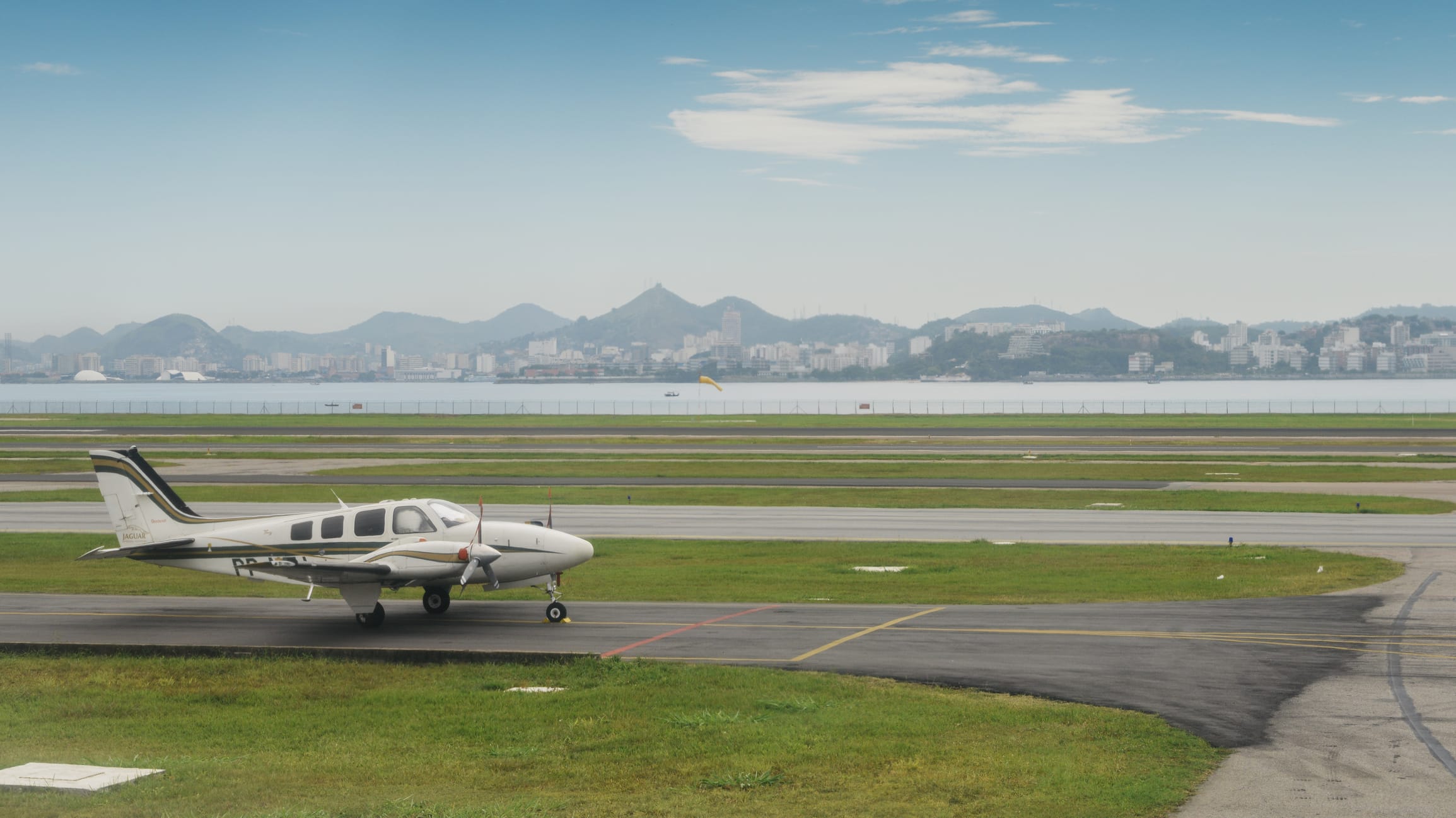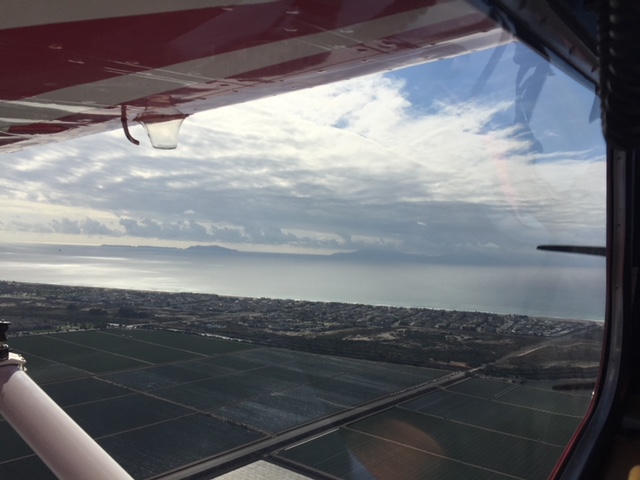Safety culture in aviation isn’t just adhering to new FAA guidelines in the wake of a deadly accident or frightening near-miss. It’s a daily, minute-by-minute commitment to ensuring that you, your passengers, and workers or civilians on the ground stay as safe as possible.
You’ve probably heard and said over and over that flying is many times safer than driving. People are more likely to die from choking on their food than in a plane crash. But these comforting statistics don’t just magically appear without the commitment of every person in aviation. Safety culture in aviation never “happens” on its own. How can you contribute to a healthy and enduring safety culture?
What is Safety Culture?
First, let’s define what is meant by the term “safety culture.” It can seem vague, and that’s because it can encompass many different aspects of aviation. Perhaps the most easily graspable definition is from Skybrary: “Safety culture is how an organization behaves when no one is watching.”
Safety culture involves not only pilots, but air traffic controllers, administrators, flight attendants, ground crew, radio dispatchers, security teams, and even the passengers themselves. It is a matter of taking responsibility for one’s actions, willingness to step forward to challenge unsafe activities, and the ability to correctly identify hazards. Without all of these aspects working in concert with one another, safety culture might become stagnant.
Involving Everyone
Safety culture is not “snitch culture.” It is an ongoing dialogue between all members of the aviation community: Air traffic controllers working with pilots, pilots working with flight attendants, airport authorities working with ground crews. Respect and appreciation for all the roles these men and women play, as well as listening to their concerns and assisting when necessary, helps to foster a strong safety culture.
A strong safety culture is not a matter of administrators, captains, and government officials bearing down on citizens and employees. It happens from “the bottom up,” with each person in every possible role exercising an ability to speak openly and without reprisal, praising safe behavior, and ensuring the rules are known and understood.
The Importance of Education and Avoiding Complacency
It’s easy to simply slap a list of rules in an employee lounge and expect everyone to adhere to them. However, if everyone isn’t fully trained in how to operate equipment, why the guidelines are in place, and how to report hazardous conditions, it won’t do much good. Useful training, comprehensive education, and personal engagement in ensuring safety for oneself and others is the basis of a good safety culture.
Education goes far beyond training modules and drills. As it applies specifically to pilots, safety culture is best practiced outside of these. Paying attention during training and recurrent training, seeking out accident reports and details on “near misses,” attending safety seminars, learning from other pilots and aviation professionals, and practicing humility and alertness in the cockpit can all contribute to a safe aviation community. Mentoring younger or newer pilots in the importance of safe behavior can help pass on your work and commitment to others.
Although newly credentialed and pilots and those flying unfamiliar aircraft might be hyper-focused on operating as safely as possible, it’s easy for those with just a few hours in their logbook to become complacent. “We did it this way last time and it was fine” rarely ends well eventually; for airline pilots, treating each flight as if a chief pilot or FAA line inspector were in the jumpseat is the best way to be on the clock.
Breaking Potential Accident Chains
Catastrophic failures and accidents rarely exist in a vacuum. For example, one aircraft running into another on a taxiway is not an isolated incident; the air could have been foggy, which led to poor visibility, which contributed to confusion on the runway, which led to a crew missing a turnoff, which led to another crew’s inability to turn their aircraft in time. Removing just one link from this chain could have avoided the accident. Therefore, safety culture rests with everyone: Mechanics, weather forecasters, dispatchers ensuring the correct forecast has been passed on, alert pilots making informed and safe decisions, and so on.
Breaking a potential accident chain can sometimes mean upsetting a client passenger because it means a late or missing flight. It can also mean having to explain one’s decision to administrators or overriding schedule pressure. However, there is no comparison to acting in a safe manner. Safety trumps all.
Concentration, Multitasking, and Safety Culture
One of the best ways to maintain a solid safety culture is to avoid multitasking. It’s true that pilots must be able to perform many tasks in quick succession, monitoring and processing a great deal of information in a compressed amount of time.
However, there’s a difference between effective flying under these circumstances and needless multitasking. We might think that thanks to the ability to scroll through our cell phones while standing in line at the grocery or the way we effortlessly swipe from one app to the other. But the reality is much different. Study after study is showing that multitasking simply doesn’t work, and in the case of aviation, it’s downright dangerous. Maintaining concentration in the cockpit, whether your cell phone is in airplane mode or not, can be a matter of life and death.
Maintaining the ability to concentrate is an issue that modern pilots face; it wasn’t as much of a problem for earlier generations. That’s because addiction to our devices is physically changing the wiring of our brains. Constant multitasking doesn’t just make us perform worse at each individual job we take on. It is making it more difficult for us to think deeply about what we’re focused on at any given time.
GPS, instant communication, and social media have all helped aviation. Of themselves, they are not unsafe or detrimental. However, knowing how this technology affects our brains and safety is vital to maintaining a healthy and safe environment in the cockpit and beyond.
Ready to soar in your aviation career?
Mr. Matthew A. Johnston has over 23 years of experience serving various roles in education and is currently serving as the President of California Aeronautical University. He maintains memberships and is a supporting participant with several aviation promoting and advocacy associations including University Aviation Association (UAA), Regional Airline Association (RAA), AOPA, NBAA, and EAA with the Young Eagles program. He is proud of his collaboration with airlines, aviation businesses and individual aviation professionals who are working with him to develop California Aeronautical University as a leader in educating aviation professionals.

